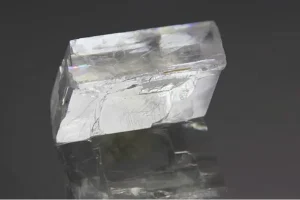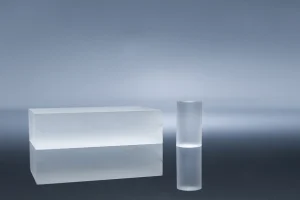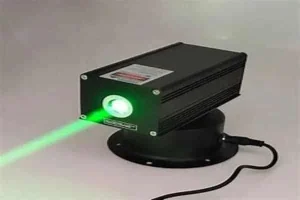Chapter 1: Ti Sapphire Crystals
Ti: sapphire crystals are widely used in solid-state laser applications, including ultrafast lasers, optical amplifiers, and frequency combs. This chapter will provide an overview of Ti: sapphire crystals’ properties, crystal structure, and how these properties relate to laser operation.
Properties of Ti Sapphire Crystals:
Ti: sapphire crystals exhibit several unique properties, making them an excellent choice for laser applications. One of the most important properties is their broad absorption spectrum, which allows them to absorb light over a wide range of wavelengths, from ultraviolet to near-infrared. This broad absorption range is because Ti3+ ions have many energy levels that light can excite.
Another essential property of Ti: sapphire crystals is their high gain bandwidth, which allows them to produce ultrashort pulses of light. The gain bandwidth is the range of wavelengths over which the crystal can amplify light. The Ti: sapphire crystal has an exceptionally broad gain bandwidth, which enables it to produce laser pulses as short as a few femtoseconds.
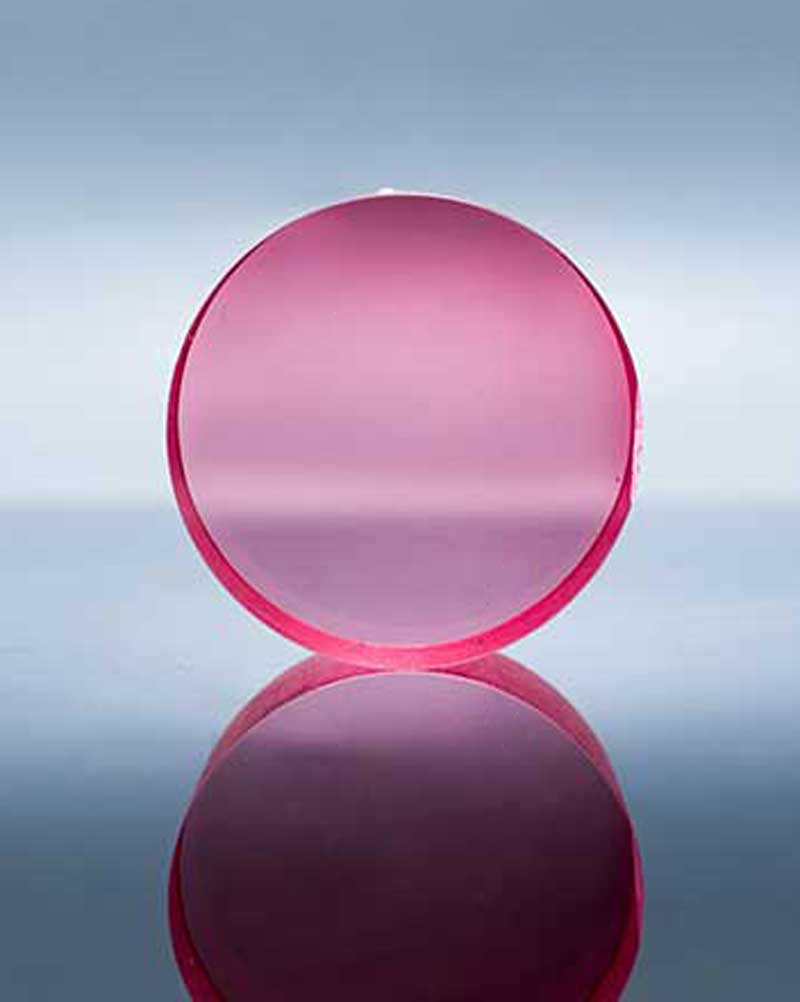
Ti: sapphire crystals also have excellent thermal conductivity, effectively dissipating heat generated during laser operation. This property is crucial for the laser’s stability and reliability and enables it to operate at high repetition rates.
Crystal Structure:
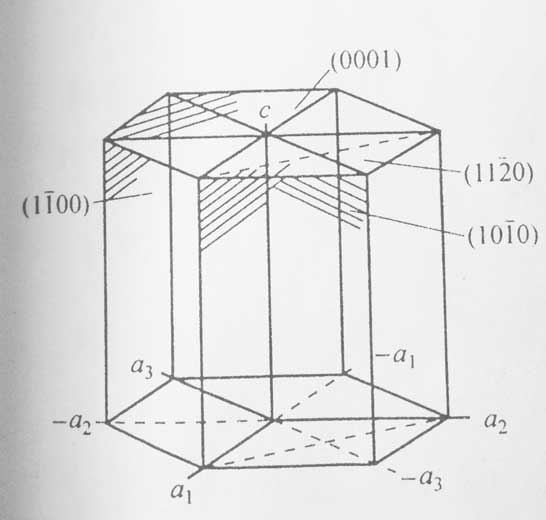
Ti: sapphire crystals have a chemical formula of Ti3+:Al2O3, where the Ti3+ ions are doped into an aluminum oxide (Al2O3) crystal lattice. The doping process replaces some aluminum atoms in the crystal structure with Ti3+ ions, creating a lattice defect that produces a localized energy state for the Ti3+ ions.
The crystal structure of Ti: sapphire is tetragonal, with four-fold rotational symmetry along the crystallographic c-axis. The Ti3+ ions are located in octahedral sites, with six oxygen atoms forming a coordination sphere around each Ti3+ ion. The Ti3+ ion occupies the center of the octahedral site, with a net charge of +3.
The lattice structure of Ti: sapphire is responsible for its unique optical properties, particularly its broad absorption spectrum and high gain bandwidth. The crystal structure enables the Ti3+ ions to have many energy levels that can be excited by light, resulting in a broad absorption spectrum. Additionally, the crystal structure’s symmetry enables the Ti: sapphire crystal to exhibit a broad gain bandwidth, allowing it to produce ultrashort laser pulses.
Ti Sapphire Laser Operation:
Ti: sapphire lasers’ operation is based on the stimulated emission process. When Ti3+ ions are excited by a pump source, they emit photons, which trigger a chain reaction of photon emission through stimulated emission. The photons are amplified as they bounce back and forth between two mirrors in the laser cavity, producing a coherent laser beam.
To achieve efficient laser operation, the pump wavelength must be well-matched to the absorption spectrum of the Ti: sapphire crystal. The crystal’s gain bandwidth must also be broad enough to support the laser’s desired output wavelength and pulse duration.
Conclusion:
In conclusion, Ti: sapphire crystals have unique properties, making them an excellent choice for solid-state laser applications. Their broad absorption spectrum, high gain bandwidth, and excellent thermal conductivity enable the production of ultrashort laser pulses with high peak powers. The crystal structure of Ti: sapphire enables it to exhibit these properties and is responsible for its unique optical properties. Understanding Ti: sapphire crystal properties are essential for designing and optimizing Ti: sapphire lasers.
Chapter 2: Pumping and Excitation of Ti Sapphire Laser
The operation of Ti: sapphire lasers requires the excitation of Ti3+ ions from their ground state to a higher energy level. This chapter will explore the different methods of pumping and excitation of Ti: sapphire lasers, including optical pumping and flashlamp pumping.
Optical Pumping:
Optical pumping is the most common method of pumping Ti: sapphire lasers. It involves using a laser diode or another laser source to excite the Ti3+ ions in the crystal. The pump wavelength must match the absorption spectrum of the Ti: sapphire crystal to achieve efficient excitation.
One significant advantage of optical pumping is that it allows for the precise control of the pump intensity and wavelength, enabling the production of high-quality laser output. Additionally, optical pumping is highly efficient, with conversion efficiencies of up to 70% reported in some cases.
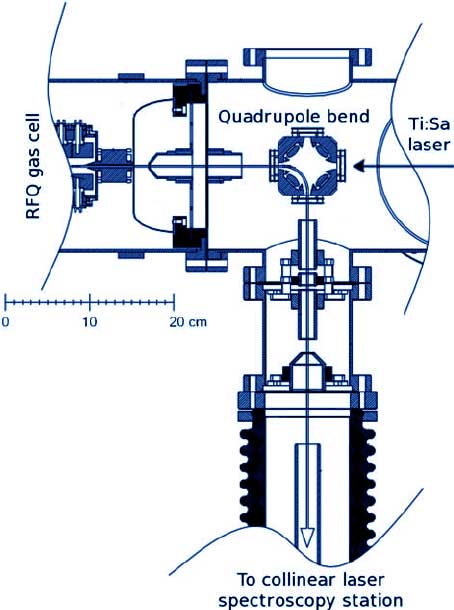
Flashlamp Pumping:
Flashlamp pumping is an alternative method of pumping Ti: sapphire lasers. It involves using a high-intensity flashlamp to excite the Ti3+ ions in the crystal. The flashlamp emits a short burst of light, typically lasting a few milliseconds, absorbed by the Ti: sapphire crystal.
Flashlamp pumping has some advantages over optical pumping. For example, it can generate high-energy pulses with a broad range of wavelengths. However, it is less efficient than optical pumping, with conversion efficiencies typically below 10%.
Excitation of Ti Sapphire Laser:
Once the Ti3+ ions are excited, they can relax to a lower energy level by emitting photons through stimulated emission. This process amplifies the light and produces a coherent laser beam.
The excitation process can be optimized for different laser output characteristics, such as output wavelength and pulse duration. Some techniques used to achieve this optimization include mode locking, frequency doubling, and cavity dumping.
Mode Locking:
Mode locking is a technique used to produce ultrashort laser pulses. It involves controlling the phase relationship between the different longitudinal modes of the laser cavity. By doing so, the pulses can overlap constructively, resulting in ultrashort pulses.
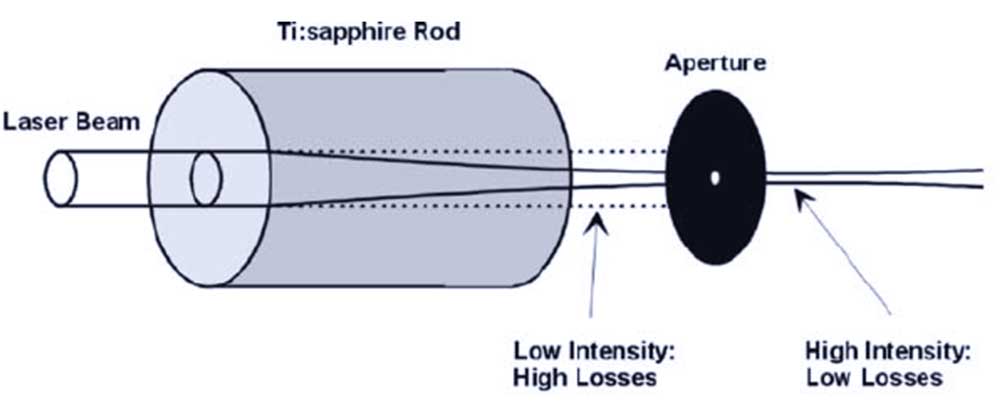
Frequency Doubling:
Frequency doubling is a nonlinear process that converts the laser output to a shorter wavelength. It involves passing the laser output through a nonlinear crystal, which generates a second harmonic at twice the frequency of the original wavelength. This technique can generate output wavelengths that are not directly accessible with the Ti: sapphire laser.
Cavity Dumping:
Cavity dumping is a technique used to produce high-energy pulses. It involves interrupting the laser cavity at a specific point in the pulse cycle, causing the stored energy to be released in a single high-energy pulse.
Conclusion:
In conclusion, the pumping and excitation of Ti: sapphire lasers are critical for producing high-quality laser output. Optical pumping is the most common method of pumping Ti: sapphire lasers, but flashlamp pumping can also be used. The excitation process can be optimized using mode locking, frequency doubling, and cavity dumping to produce ultrashort pulses, high-energy pulses, and output wavelengths that are not directly accessible with the Ti: sapphire laser itself. Understanding these techniques is crucial for designing and optimizing Ti: sapphire lasers.
Chapter 3: Ti Sapphire Laser Cavity Design
The design of the laser cavity is crucial for achieving efficient laser operation and producing high-quality laser output. This chapter will explore the different laser cavities used in Ti: sapphire lasers, including linear cavities, ring cavities, and regenerative amplifiers.
Linear Cavities:
Linear cavities are the simplest type of laser cavity used in Ti: sapphire lasers. They consist of two mirrors placed at opposite ends of the crystal, with one mirror being partially reflective to allow for the output of the laser beam. The pump source is typically positioned at one end of the cavity, with the Ti: sapphire crystal located near the other.
Linear cavities can produce continuous-wave (CW) or pulsed laser output, depending on the excitation method used. They are relatively easy to construct and are commonly used in research applications.
Ring Cavities:
Ring cavities are another type of laser cavity used in Ti: sapphire lasers. They consist of a Ti: sapphire crystal and two mirrors arranged in a ring configuration. The pump source is outside the cavity, with the pump beam directed through the crystal via total internal reflection.
Ring cavities can produce high-quality laser output with low spatial and temporal coherence. They are commonly used in applications requiring low-noise laser output, such as precision metrology and spectroscopy.
Regenerative Amplifiers:
Regenerative amplifiers are a type of laser cavity used to produce high-energy pulses. They consist of a Ti: sapphire crystal and two mirrors, similar to a linear cavity. However, a Pockels cell controls the pulse duration by blocking the laser beam during amplification.
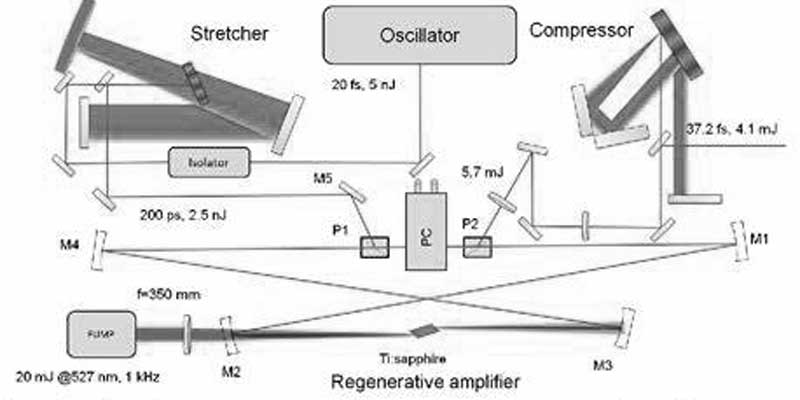
The regenerative amplifier amplifies a seed pulse that is introduced into the cavity. The amplified pulse is then dumped out of the cavity, resulting in a single high-energy pulse. This technique can produce pulse energies in the millijoule to joule range and is commonly used in applications such as laser-induced breakdown spectroscopy and laser ablation.
Optimization of Laser Cavity Design:
The design of the laser cavity can be optimized to achieve specific laser output characteristics, such as pulse duration, output wavelength, and repetition rate. Some techniques for optimizing the laser cavity design include mode locking, chirped pulse amplification, and cavity dispersion control.
Mode locking is a technique used to produce ultrashort pulses by controlling the phase relationship between the different longitudinal modes of the laser cavity. Chirped pulse amplification involves stretching the laser pulse in time before amplification and compressing it afterward. This technique allows for producing extremely short laser pulses with high peak powers.
Cavity dispersion control is another technique used to produce ultrashort laser pulses. It involves adjusting the dispersion of the laser cavity to produce a desired output pulse duration. This technique is critical for producing ultrashort pulses in the femtosecond range.
Conclusion:
In conclusion, the design of the laser cavity is essential for achieving efficient laser operation and producing high-quality laser output. Linear cavities, ring cavities, and regenerative amplifiers are the most commonly used laser cavity designs in Ti: sapphire lasers. Optimizing laser cavity design using mode locking, chirped pulse amplification and cavity dispersion control can produce ultrashort pulses with high peak powers and precise output characteristics. Understanding the different types of laser cavities and optimization techniques is crucial for designing and optimizing Ti: sapphire lasers.
Chapter 4: Ti Sapphire Laser Applications
Ti: sapphire lasers have many applications in various fields, from scientific research to industrial manufacturing. This chapter will explore some of the most common applications of Ti: sapphire lasers, including ultrafast spectroscopy, multiphoton microscopy, and laser machining.
Ultrafast Spectroscopy:
Ti: sapphire lasers are commonly used in ultrafast spectroscopy applications, where the ability to produce short laser pulses is critical. Ultrafast spectroscopy is a technique used to study the dynamics of molecular and electronic systems on extremely short timescales, typically in the femtosecond to picosecond range.
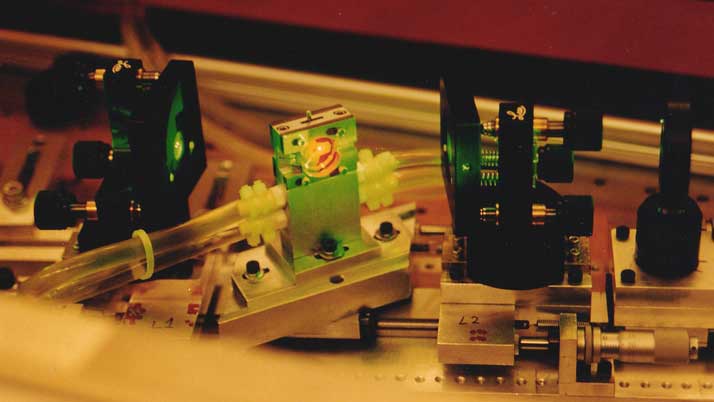
Ti: sapphire lasers enable the production of ultrashort laser pulses, making them an excellent choice for ultrafast spectroscopy applications. These lasers can study various phenomena, including chemical reactions, energy transfer, and electronic structure dynamics.
Ultrafast Spectroscopy:
Ti: sapphire lasers are commonly used in ultrafast spectroscopy applications, where the ability to produce short laser pulses is critical. Ultrafast spectroscopy is a technique used to study the dynamics of molecular and electronic systems on extremely short timescales, typically in the femtosecond to picosecond range.
Ti: sapphire lasers are used in multiphoton microscopy applications because they can produce high-intensity laser beams with ultrashort pulse durations. This enables the production of high-resolution images with minimal photodamage to the biological tissue.
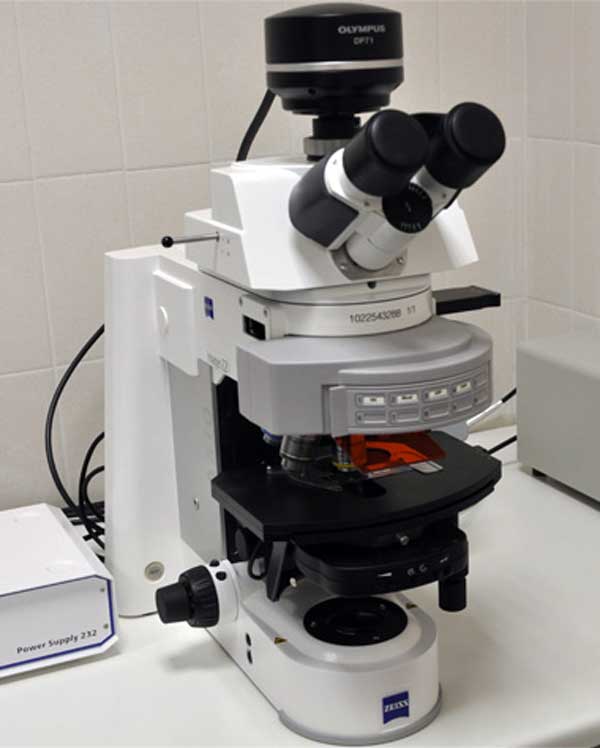
Laser Machining:
Ti: sapphire lasers are also used in laser machining applications, where high-energy laser pulses are used to cut, drill, or etch materials. The ability to produce high-energy laser pulses with ultrashort durations makes Ti: sapphire lasers an excellent choice for laser machining applications.
Laser machining with Ti: sapphire lasers can be used in various industries, including aerospace, automotive, and electronics manufacturing. This technique enables the production of high-precision components with minimal thermal damage to the material.
Other Applications:
Ti: sapphire lasers have many other applications, including laser ablation, laser-induced breakdown spectroscopy, and terahertz generation. Laser ablation is a technique used to remove material from a solid surface using high-energy laser pulses. Laser-induced breakdown spectroscopy is a technique used to analyze the elemental composition of materials. Terahertz generation is a technique used to produce terahertz radiation, which can be used in various applications, including medical imaging and spectroscopy.
Conclusion:
In conclusion, Ti: sapphire lasers have many applications in various fields, including ultrafast spectroscopy, multiphoton microscopy, and laser machining. The ability to produce high-energy laser pulses with ultrashort durations makes them an excellent choice for applications that require high precision and minimal thermal damage. Ti: sapphire lasers have also been used in other applications, including laser ablation, laser-induced breakdown spectroscopy, and terahertz generation. The versatility and precision of Ti: sapphire lasers make them a valuable tool for many applications in science and industry.
Chapter 5: Advancements in Ti Sapphire Laser Technology
Ti: sapphire laser technology has seen significant advancements, leading to improved laser performance and new applications. This chapter will explore some of the recent advancements in Ti: sapphire laser technology, including advancements in laser diode technology, pump lasers, and nonlinear optical materials.
Advancements in Laser Diode Technology:
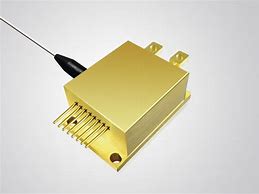
Laser diodes are commonly used as the pump source for Ti: sapphire lasers. Recent advancements in laser diode technology have improved the efficiency and stability of Ti: sapphire lasers.
One significant advancement is the development of high-power laser diodes, which can provide higher pump powers to the Ti: sapphire crystal. This can improve laser performance, including increased output power and shorter pulse durations.
Another advancement in laser diode technology is the development of wavelength-stabilized laser diodes. These laser diodes have a narrower spectral width, which allows for a more precise matching of the pump wavelength to the absorption spectrum of the Ti: sapphire crystal. This can lead to improvements in laser efficiency and output stability.
Advancements in Pump Lasers:
Pump lasers are another critical component of Ti: sapphire lasers. Recent advancements in pump laser technology have led to improvements in laser performance and new applications.
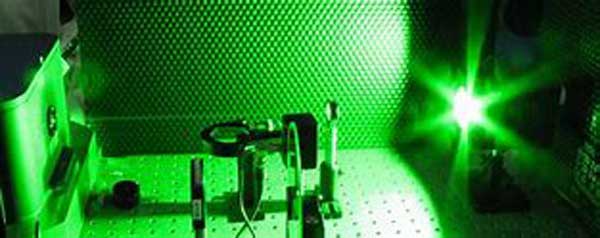
One significant advancement is the development of fiber-coupled pump lasers. These pump lasers can be coupled to the Ti: sapphire crystal using a fiber optic cable, leading to improved laser stability and ease of use.
Another advancement in pump laser technology is the development of high-repetition-rate pump lasers. These pump lasers can provide high pump repetition rates, leading to improved laser performance, including increased output power and shorter pulse durations.
Advancements in Nonlinear Optical Materials:
Nonlinear optical materials are used in Ti: sapphire lasers to produce frequency-converted output wavelengths. Recent advancements in nonlinear optical materials have led to improvements in laser performance and new applications.
One significant advancement is the development of new nonlinear optical materials, including periodically poled materials and hybrid materials. These materials have unique properties that can enable the production of new output wavelengths and higher conversion efficiencies.
Another advancement in nonlinear optical materials is the development of new crystal growth techniques. These techniques can produce high-quality crystals with reduced defects and improved optical properties, improving laser performance.
Conclusion:
In conclusion, Ti: sapphire laser technology has seen significant advancements in recent years, leading to improved laser performance and new applications. Advancements in laser diode technology, pump lasers, and nonlinear optical materials have produced higher output powers, shorter pulse durations, and new output wavelengths. These advancements have expanded the capabilities of Ti: sapphire lasers and opened up new possibilities in science and industry. As research in this field continues, we can expect to see even more exciting advancements in Ti: sapphire laser technology in the future.
Chapter 6: Ti Sapphire Laser Safety
While Ti: sapphire lasers have many valuable applications, they also present potential safety hazards. This chapter will explore some of the safety considerations when working with Ti: sapphire lasers, including laser output hazards, electrical hazards, and chemical hazards.
Laser Output Hazards:
Ti: sapphire lasers can produce high-intensity laser beams with ultrashort pulse durations, posing a significant hazard to human tissue. Exposure to the laser beam can cause permanent damage to the eyes and skin.
To prevent laser output hazards, appropriate safety measures must be implemented. These measures include wearing appropriate personal protective equipment (PPE), such as laser safety glasses, to protect the eyes from laser exposure. Also, laser warning signs must be posted in areas where the laser is used to alert personnel of potential hazards.
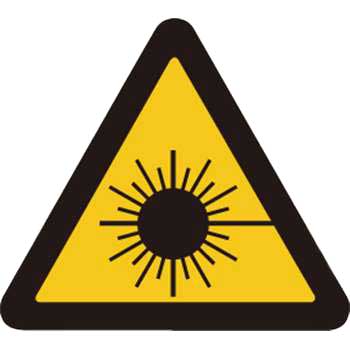
Electrical Hazards:
Ti: sapphire lasers require high voltage and high current power supplies, which can pose a significant electrical hazard. Electrical shock can cause severe injury or death.
To prevent electrical hazards, appropriate safety measures must be implemented. These measures include using appropriate electrical grounding techniques and following proper electrical safety procedures when working with high voltage and high current power supplies.
Chemical Hazards:
The growth and processing of Ti: sapphire crystals involve using hazardous chemicals, including hydrofluoric acid and other toxic chemicals. Exposure to these chemicals can cause severe injury or death.
To prevent chemical hazards, appropriate safety measures must be implemented. These measures include using appropriate PPE, such as gloves and protective clothing when working with hazardous chemicals. Additionally, chemical storage and handling procedures must be followed to prevent spills and exposures.
Emergency Procedures:
Appropriate procedures must be followed in an emergency to minimize injury and damage. Emergency procedures include shutdown switches to quickly turn off the laser and power supplies. Additionally, emergency medical procedures must be in place to provide immediate medical attention in the event of an injury.
Conclusion:
In conclusion, Ti: sapphire lasers present potential safety hazards, including laser output hazards, electrical hazards, and chemical hazards. Appropriate safety measures must be implemented to prevent these hazards, including using appropriate PPE, electrical grounding techniques, and chemical storage and handling procedures. Additionally, emergency procedures must be in place to minimize injury and damage in the event of an emergency. Understanding the potential safety hazards of Ti: sapphire lasers and implementing appropriate safety measures is critical for ensuring their safe and effective use in research and industry.
Chapter 7: Ti Sapphire Laser Maintenance
Proper maintenance of Ti: sapphire lasers is critical for ensuring optimal performance and extending the lifetime of the laser. This chapter will explore some of the maintenance procedures required for Ti: sapphire lasers, including crystal cleaning, optical alignment, and pump laser maintenance.
Crystal Cleaning:
The Ti: sapphire crystal is the heart of the laser and requires careful maintenance to ensure optimal performance. Over time, contaminants can build up on the crystal surface, reducing laser output power and efficiency.
It is typically removed from the laser cavity and cleaned using a solvent, such as methanol or acetone, to clean the crystal. Care must be taken when cleaning the crystal to avoid damaging the crystal surface.
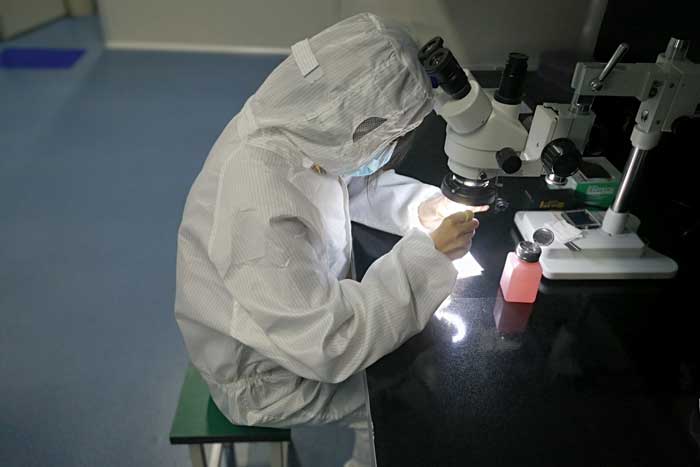
Optical Alignment:
The mirrors and lenses used in Ti: sapphire lasers must be precisely aligned to ensure optimal laser performance. Misalignment of the optical components can lead to reduced laser output power and poor beam quality.
A laser alignment tool, such as a HeNe or a visible diode laser, can align the optical components. The alignment tool is used to align the optical components to the laser cavity axis, ensuring that the laser beam is directed through the center of the Ti: sapphire crystal.
Pump Laser Maintenance:
The pump laser is a critical component of Ti: sapphire lasers and requires careful maintenance to ensure optimal performance. The pump laser diodes can become contaminated over time, reducing pump power and laser output power.
To maintain the pump laser, cleaning the laser diode and replacing any damaged or worn components is typically necessary. The electrical and cooling systems used to power and cool the pump laser must also be properly maintained.
Other Maintenance Procedures:
Other maintenance procedures required for Ti: sapphire lasers include regular cleaning of the laser optics and replacement of any worn or damaged components. The laser cooling system must also be regularly maintained to ensure optimal laser performance and prevent overheating.
Conclusion:
In conclusion, proper maintenance of Ti: sapphire lasers is critical for ensuring optimal performance and extending the lifetime of the laser. Maintenance procedures, including crystal cleaning, optical alignment, and pump laser maintenance, must be performed regularly to prevent contamination and damage to critical laser components. Regular cleaning of laser optics and replacing worn or damaged components is essential to prevent reduced laser output power and poor beam quality. Understanding the maintenance requirements of Ti: sapphire lasers and implementing appropriate maintenance procedures is critical for ensuring the safe and effective use of these lasers in research and industry.
Chapter 8: Future of Ti Sapphire Laser Technology
The future of Ti: sapphire laser technology is bright, with ongoing research and development efforts focused on improving laser performance, developing new applications, and reducing the size and cost of the lasers. This chapter will explore recent advancements and prospects for Ti: sapphire lasers.
Advancements in Laser Performance:
Recent advancements in Ti: sapphire technology have improved laser performance, including higher output powers, shorter pulse durations, and new output wavelengths. Ongoing research efforts are focused on developing new crystal growth techniques, improving the efficiency of the pump lasers, and developing new nonlinear optical materials to improve laser performance further.
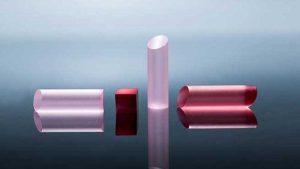
New Applications:
Ti: sapphire lasers have already found widespread use in various fields, including scientific research, medicine, and manufacturing. Ongoing research efforts are focused on developing new applications for Ti: sapphire lasers, including laser-driven particle acceleration, quantum information processing, and coherent control of chemical reactions.
Reduction in Size and Cost:
While Ti: sapphire lasers have many valuable applications, they can be large and expensive, making them challenging to implement in some settings. Ongoing research efforts are focused on reducing the size and cost of Ti: sapphire lasers, making them more accessible to a broader range of users.
One approach is to develop more compact and efficient pump lasers, which can reduce the size and cost of the overall laser system. Another approach is to develop new crystal growth techniques to produce smaller and more efficient Ti: sapphire crystals.
Conclusion:
In conclusion, the future of Ti: sapphire laser technology is bright, with ongoing research and development efforts focused on improving laser performance, developing new applications, and reducing the size and cost of the lasers. Advancements in laser performance, including higher output powers, shorter pulse durations, and new output wavelengths, are driving new applications in science, medicine, and manufacturing. Ongoing research efforts are also focused on reducing the size and cost of Ti: sapphire lasers, making them more accessible to a broader range of users. As research in this field continues, we can expect to see even more exciting advancements in Ti: sapphire laser technology in the future.
Conclusions:
Ti: sapphire lasers have already revolutionized many fields with their ability to produce high-energy pulses with ultrashort durations, making them a valuable tool for researchers and manufacturers. As technology advances, the applications for Ti: sapphire lasers will only continue to expand.
One potential application is in laser-driven particle acceleration. Ti: sapphire lasers can accelerate charged particles to very high energies, which can be used for various purposes, including cancer treatment and fundamental physics research. Ongoing research efforts are focused on developing more efficient laser-driven particle acceleration techniques, which can enable the production of high-energy particle beams with a smaller and less expensive laser system.
Another potential application is in quantum information processing. Ti: sapphire lasers can produce single photons, essential for many quantum information processing applications. Ongoing research focuses on developing more efficient and stable methods for producing single photons, which can lead to breakthroughs in quantum information processing.
Coherent control of chemical reactions is another potential application for Ti: sapphire lasers. Ti: sapphire lasers can be used to control the pathways of chemical reactions by manipulating the electronic states of the reactants. This can lead to breakthroughs in chemical synthesis and drug discovery.
In addition to new applications, ongoing research efforts are also focused on reducing the size and cost of Ti: sapphire lasers. One approach is to develop more compact and efficient pump lasers, which can reduce the size and cost of the overall laser system. Another approach is to develop new crystal growth techniques to produce smaller and more efficient Ti: sapphire crystals.
In conclusion, Ti: sapphire lasers have already made significant contributions to many fields, and ongoing research efforts are focused on developing new applications and improving laser performance. As technology advances, we can expect to see even more exciting advancements in Ti: sapphire laser technology in the future, enabling breakthroughs in fields ranging from medicine to fundamental physics research.


